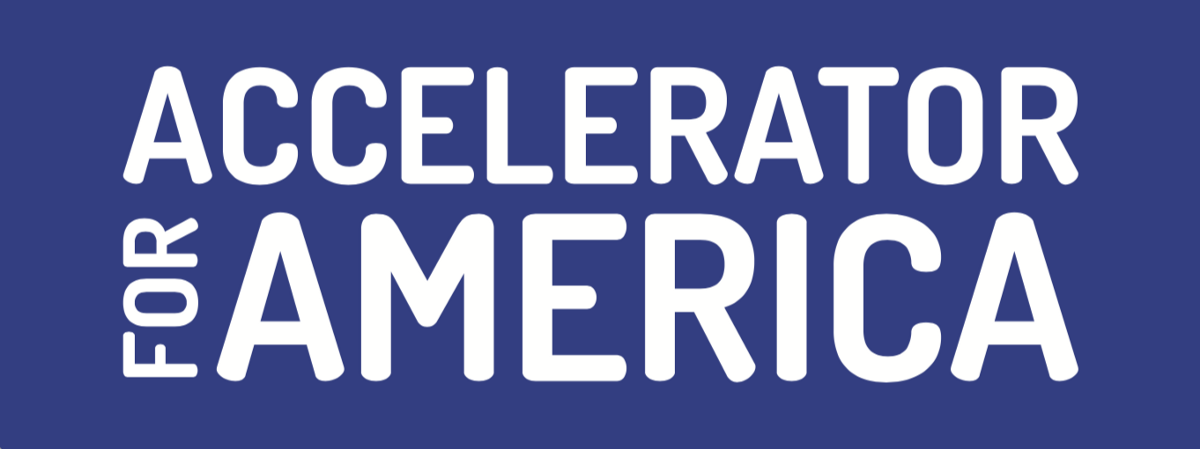Gregory Kelly, WSP: Infrastructure Investment Drives Vibrant, Urban Neighborhoods: Spotlight on Baltimore's Port Covington
By spurring private development that will buoy the city’s finances and neighborhoods, and tailoring an approach that works for its communities, the city of Baltimore is harnessing the power of the private sector to meet the challenges of infrastructure project financing, historic disinvestment in communities, and economic development.
Baltimore is not alone in its bold move to leverage a partnership with a private developer to meet the infrastructure needs of its communities. Indeed, when we work with our public-sector clients, we often see that mayors are the leaders of innovation. A mayor, regardless of a city’s size, has the hands-on responsibility to care for and nurture growth. Some do this with broad-based policy solutions, some literally take it block by block. And cities across the U.S. are working to build a business case and establish economic development policies to accelerate innovative project financing and delivery. This is a common principle of the new localism of the Accelerator for America initiative—enabling mayors to be bold by sharing best practices that are innovative and work in a fair and sustainable manner.
This is a time when cities are beginning to recalibrate to solve their infrastructure challenges, with the clear objective of enhancing livability and economic development opportunities.
Infrastructure provides a foundation for communities, connecting housing, schools, business and pleasure. However, infrastructure in the U.S. is increasingly outdated, costing the government and private industry millions in repairs and billions in lost productivity. Cities across the nation are confronting aging infrastructure and looking for significant investment to maintain and upgrade transportation, schools, water, wastewater, and other community facilities.
One of the greatest challenges to greater infrastructure investment is securing adequate funding. Traditional funding sources, including fuel, property, and sales taxes, are barely keeping pace with project costs. Therefore, many cities are pursuing financing backed by the value of private development to address aging infrastructure needs. Structured properly, this type of public financing offers an innovative approach to avoid shortfalls, address housing and mobility needs, and transfer key development risks.
In Baltimore, over the next two decades, the aging, underutilized industrial section of South Baltimore known as Port Covington is poised to experience a renaissance through a 260-acre urban redevelopment project anchored by the Under Armour global headquarters. The site includes three miles of Chesapeake Bay waterfront near Interstate 95, the Port of Baltimore’s cruise terminal, and the Fort McHenry National Monument. This project is a marquee example of a city government partnering with the private sector to create a vibrant urban space that achieves public goals.
Once completed, the 25-year Port Covington redevelopment is slated to include more than 15 million square feet of new residential, hotel, office, retail, manufacturing, and entertainment space, 2.5 miles of restored waterfront, and 40 acres of waterfront parks and green space. It is also anticipated to create thousands of new jobs and new businesses as it expands Baltimore’s highway, transit and active transportation networks.
The City of Baltimore is backing the $7.3 billion economic development project with political and financial support. The Port Covington redevelopment is one of the largest urban revitalization projects in the United States supported by tax increment financing (TIF), with $535 million in TIF funding from the City of Baltimore. TIF allows municipalities to promote economic development and finance public infrastructure by tapping future property tax revenue from increases in assessed values within a designated development district.
As part of the TIF agreement between the City and developer, the developer entered into a Community Benefits Agreement with six neighboring communities to assure that, as Port Covington is redeveloped, the communities will share in the growth and opportunities arising from it. Under the agreement, more than $19 million generated from the developer, as well as annual fees and surcharges from commercial tenants and property owners, will fund priorities of the six communities over 20 years. The funds will also support other city-wide initiatives and programs focused on education, workforce development and youth empowerment. There has never been as large a partnership between a developer and communities in Baltimore, in terms of investment, time and scale.
WSP worked closely with Baltimore City from 2016 to 2017 to support funding, financing, governance, and project delivery for the development of Port Covington. The WSP team assisted the Baltimore City Department of Transportation (BCDOT) to deliver and manage the Port Covington transportation program, including technical review and coordination, communications, and general oversight of infrastructure improvements related to the Port Covington redevelopment. The firm acted as a liaison between BCDOT, other city agencies, the State of Maryland – which is co-sponsoring environmental review of highway improvements – and the private developer, to address the transportation needs of all parties.
Gregory A. Kelly, CEO, WSP USA
Gregory Kelly is the CEO of WSP USA, a leading engineering and professional services consultancy. With over 7000 employees in the U.S., the firm is active on hundreds of projects across the transportation, infrastructure, buildings, energy, water and environment markets.

